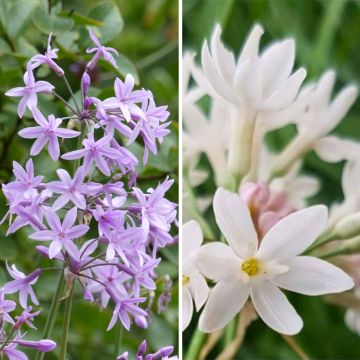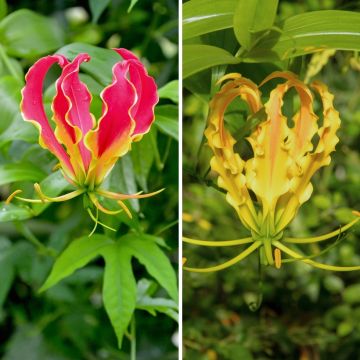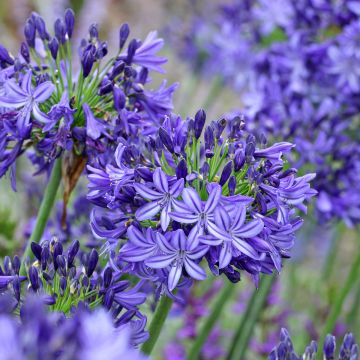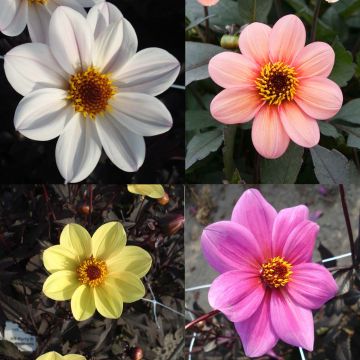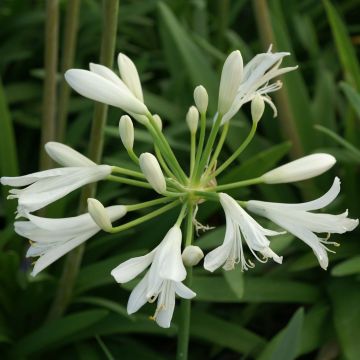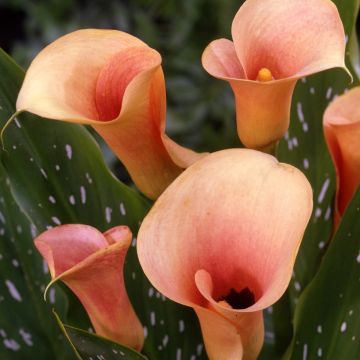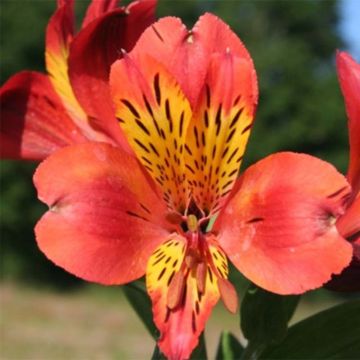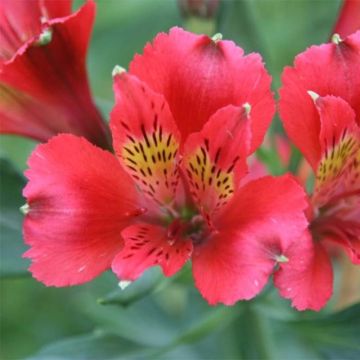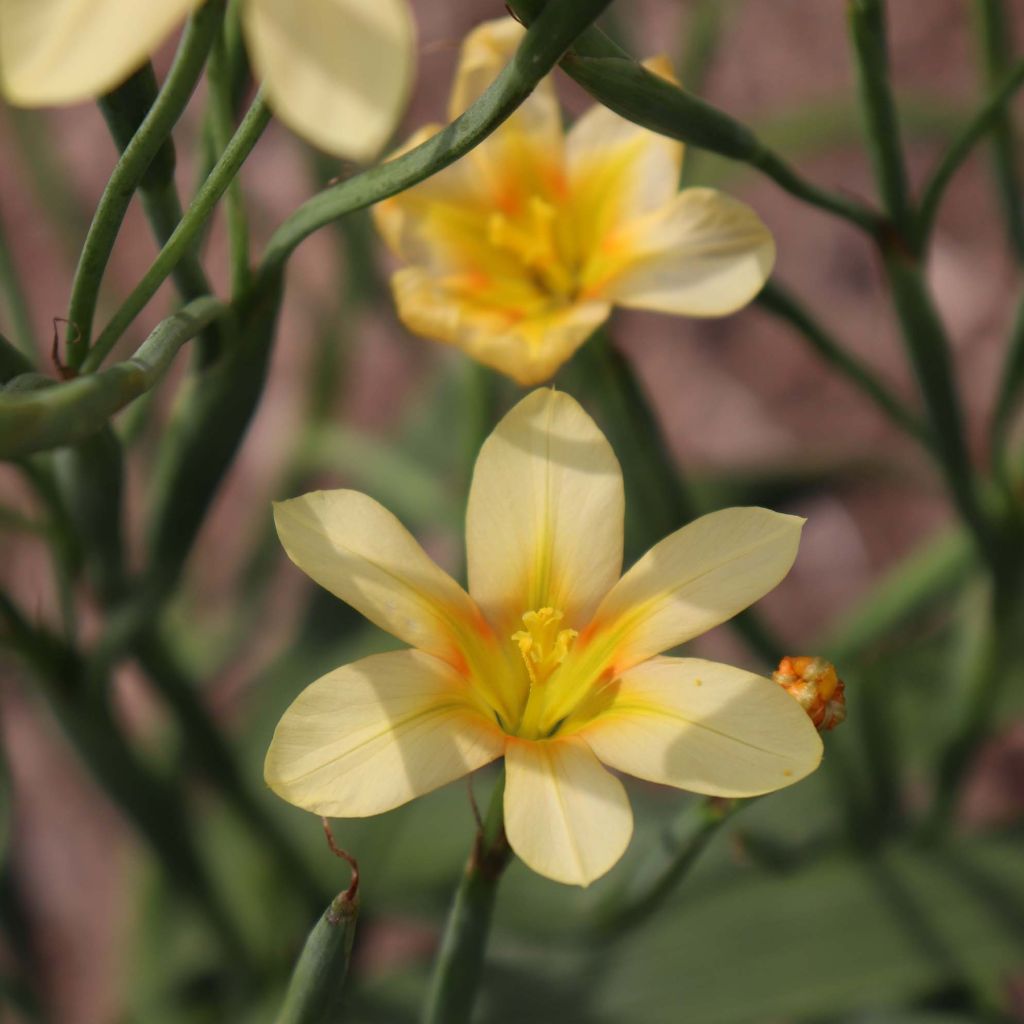

Homeria ochroleuca - Cape tulip
View more pictures
Hide images
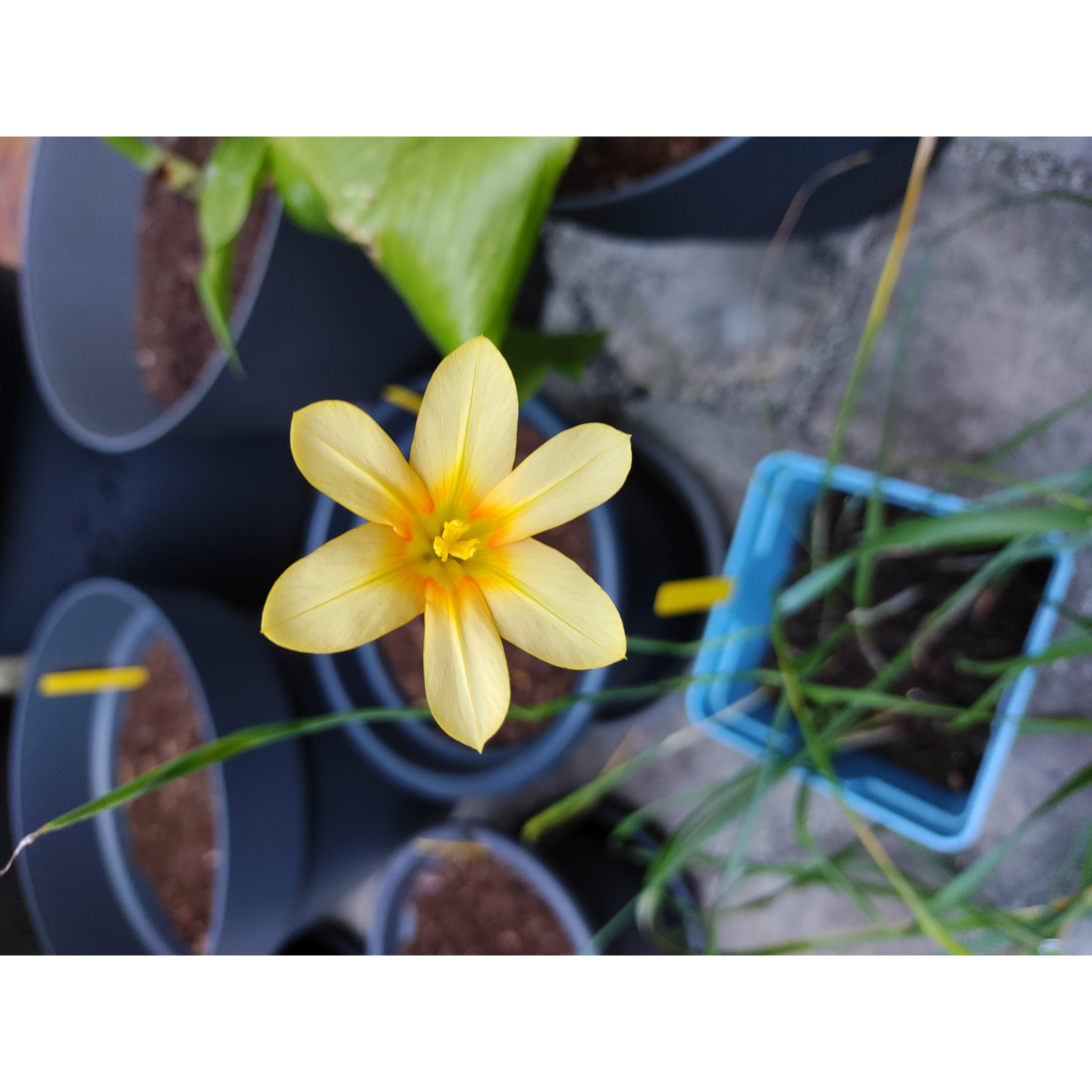
Barbara F.

First flower
Barbara F. • 62 FR
Homeria ochroleuca - Cape tulip
Homeria ochroleuca
One-leaf Cape tulip
Special offer!
Receive a €20 voucher for any order over €90 (excluding delivery costs, credit notes, and plastic-free options)!
1- Add your favorite plants to your cart.
2- Once you have reached €90, confirm your order (you can even choose the delivery date!).
3- As soon as your order is shipped, you will receive an email containing your voucher code, valid for 3 months (90 days).
Your voucher is unique and can only be used once, for any order with a minimum value of €20, excluding delivery costs.
Can be combined with other current offers, non-divisible and non-refundable.
Home or relay delivery (depending on size and destination)
Schedule delivery date,
and select date in basket
This plant carries a 6 months recovery warranty
More information
We guarantee the quality of our plants for a full growing cycle, and will replace at our expense any plant that fails to recover under normal climatic and planting conditions.
Would this plant suit my garden?
Set up your Plantfit profile →
Description
Homeria ochroleuca (synonym Moreae ochroleuca) is a charming bulbous plant known as the Cape Tulip. It is discreet but elegant, interesting for its early and fragrant spring flowering of pretty pale yellow flowers with orange hearts that exude a musky fragrance. It is not very hardy and well adapted to dry summers and grows in rockeries on the Mediterranean coast where it expands over time and faithfully blooms every year. Elsewhere, you can plant the bulbs in a pot to be stored dry during the summer dormancy period, and in a slightly heated greenhouse in winter.
Homeria ochroleuca belongs to the iridaceae family, just like irises and ixia, to which it bears a resemblance. This botanical species is native to the Cape region in South Africa, which has a Mediterranean climate with wet winters and dry summers. It is a perennial herbaceous plant with a storage organ called a corm. Flowering occurs from late March to April, earlier or later depending on the climate. The winter vegetation consists of long, narrow, bright green leaves. The erect flower stems are 65 to 75 cm (26 to 30in) tall, with few branches. Cup-shaped flowers, 3 to 5 cm (1 to 2in) in diameter bloom at the end of these branches. Each flower has 6 elongated, pale yellow petals and an orange centre. The fruit is a green capsule that turns brown when ripe and contains small brown seeds. Some time after flowering in early summer, the vegetation dries up and the plant goes into dormancy. The corm of the Cape Tulip perishes below -5°C (23°F) and it is sensitive to excessive moisture during the dormant period.
Homeria ochroleuca is a charming little bulbous plant that brings colour and fragrance to rockeries and flower beds. Plant it in small groups of 10 among Mediterranean scrubland shrubs, with botanical tulips and narcissus that bloom at the same time. Its low cold resistance means that it is often used to decorate terraces or balconies. To plant with it, consider other beautiful South African plants like Felicia, Gazania, or Cape Daisies (Osteospermum) that appreciate the same growing conditions.
Report an error about the product description
Plant habit
Flowering
Foliage
Botanical data
Homeria
ochroleuca
Iridaceae
One-leaf Cape tulip
South Africa
Other Homeria
View all →Planting and care
In the ground, plant the Moraea ochroleuca in a sheltered rockery or at the base of a warm and sunny wall in light, well-drained soil, rich in humus and moderately fertile. Bury the bulbs 10 cm (4in) deep. Protect them from moisture in summer. In a pot, grow your Homeria in a mixture of potting soil and sand. Water sparingly when the vegetation emerges from the ground, then regularly throughout the growth and flowering period. Reduce watering as the leaves wither to ensure bulb dormancy in a dry substrate, which is essential. Overwinter your pot in a frost-free but unheated room.
In theory, this bulbous plant enters growth in autumn, retains its foliage in winter, and flowers in spring. Throughout this period, the growing substrate should therefore remain moist.
The Cape Tulip does not tolerate temperatures below -5°C (23°F). In areas with borderline hardiness, place a thick layer of mulch over the crown.
Planting period
Intended location
Care
This item has not been reviewed yet - be the first to leave a review about it.
Similar products
Haven't found what you were looking for?
Hardiness is the lowest winter temperature a plant can endure without suffering serious damage or even dying. However, hardiness is affected by location (a sheltered area, such as a patio), protection (winter cover) and soil type (hardiness is improved by well-drained soil).

Photo Sharing Terms & Conditions
In order to encourage gardeners to interact and share their experiences, Promesse de fleurs offers various media enabling content to be uploaded onto its Site - in particular via the ‘Photo sharing’ module.
The User agrees to refrain from:
- Posting any content that is illegal, prejudicial, insulting, racist, inciteful to hatred, revisionist, contrary to public decency, that infringes on privacy or on the privacy rights of third parties, in particular the publicity rights of persons and goods, intellectual property rights, or the right to privacy.
- Submitting content on behalf of a third party;
- Impersonate the identity of a third party and/or publish any personal information about a third party;
In general, the User undertakes to refrain from any unethical behaviour.
All Content (in particular text, comments, files, images, photos, videos, creative works, etc.), which may be subject to property or intellectual property rights, image or other private rights, shall remain the property of the User, subject to the limited rights granted by the terms of the licence granted by Promesse de fleurs as stated below. Users are at liberty to publish or not to publish such Content on the Site, notably via the ‘Photo Sharing’ facility, and accept that this Content shall be made public and freely accessible, notably on the Internet.
Users further acknowledge, undertake to have ,and guarantee that they hold all necessary rights and permissions to publish such material on the Site, in particular with regard to the legislation in force pertaining to any privacy, property, intellectual property, image, or contractual rights, or rights of any other nature. By publishing such Content on the Site, Users acknowledge accepting full liability as publishers of the Content within the meaning of the law, and grant Promesse de fleurs, free of charge, an inclusive, worldwide licence for the said Content for the entire duration of its publication, including all reproduction, representation, up/downloading, displaying, performing, transmission, and storage rights.
Users also grant permission for their name to be linked to the Content and accept that this link may not always be made available.
By engaging in posting material, Users consent to their Content becoming automatically accessible on the Internet, in particular on other sites and/or blogs and/or web pages of the Promesse de fleurs site, including in particular social pages and the Promesse de fleurs catalogue.
Users may secure the removal of entrusted content free of charge by issuing a simple request via our contact form.
The flowering period indicated on our website applies to countries and regions located in USDA zone 8 (France, the United Kingdom, Ireland, the Netherlands, etc.)
It will vary according to where you live:
- In zones 9 to 10 (Italy, Spain, Greece, etc.), flowering will occur about 2 to 4 weeks earlier.
- In zones 6 to 7 (Germany, Poland, Slovenia, and lower mountainous regions), flowering will be delayed by 2 to 3 weeks.
- In zone 5 (Central Europe, Scandinavia), blooming will be delayed by 3 to 5 weeks.
In temperate climates, pruning of spring-flowering shrubs (forsythia, spireas, etc.) should be done just after flowering.
Pruning of summer-flowering shrubs (Indian Lilac, Perovskia, etc.) can be done in winter or spring.
In cold regions as well as with frost-sensitive plants, avoid pruning too early when severe frosts may still occur.
The planting period indicated on our website applies to countries and regions located in USDA zone 8 (France, United Kingdom, Ireland, Netherlands).
It will vary according to where you live:
- In Mediterranean zones (Marseille, Madrid, Milan, etc.), autumn and winter are the best planting periods.
- In continental zones (Strasbourg, Munich, Vienna, etc.), delay planting by 2 to 3 weeks in spring and bring it forward by 2 to 4 weeks in autumn.
- In mountainous regions (the Alps, Pyrenees, Carpathians, etc.), it is best to plant in late spring (May-June) or late summer (August-September).
The harvesting period indicated on our website applies to countries and regions in USDA zone 8 (France, England, Ireland, the Netherlands).
In colder areas (Scandinavia, Poland, Austria...) fruit and vegetable harvests are likely to be delayed by 3-4 weeks.
In warmer areas (Italy, Spain, Greece, etc.), harvesting will probably take place earlier, depending on weather conditions.
The sowing periods indicated on our website apply to countries and regions within USDA Zone 8 (France, UK, Ireland, Netherlands).
In colder areas (Scandinavia, Poland, Austria...), delay any outdoor sowing by 3-4 weeks, or sow under glass.
In warmer climes (Italy, Spain, Greece, etc.), bring outdoor sowing forward by a few weeks.






























